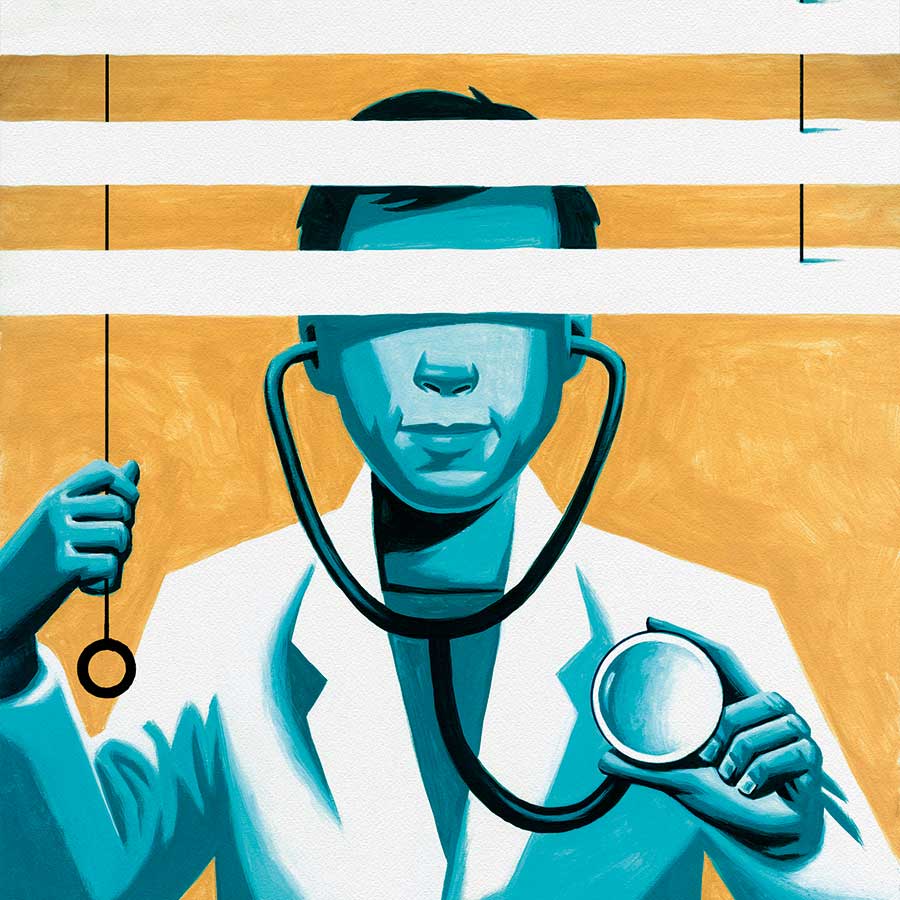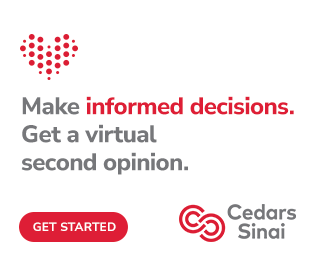Discoveries
A Call for Change: Equity and Patient-Centered Care
Nov 17, 2023 Christina Harris, MD, Cedars-Sinai Vice President and Chief Health Equity Officer
Health equity requires that physicians start seeing patients in a different way.

Patient-centered care is one of the most commonly used phrases in medicine. It’s what physicians believe in and what we promise to deliver. Yet we cannot provide patient-centered care unless we grapple with one of the most urgent challenges in healthcare today: health equity. As society becomes more cognizant of the many dimensions of diversity—especially in a highly dynamic region like Southern California—and as we begin to grasp the sheer scope of inequity affecting millions of our neighbors and patients, healthcare providers can help shift the culture. Only if we make changes to our practice and our mindset can we claim to deliver truly patient-centered care.
Race, ethnicity, gender identity, sexual orientation, socioeconomic status and differences in ability are among the traits long associated with barriers to quality care and poor outcomes. This can manifest as inadequate treatment for serious illnesses, higher risk of chronic disease and shorter lifespans.
Inequity in healthcare perpetuates and amplifies inequality throughout society.”
But the consequences go beyond medical problems. While illness and injury don’t always prevent people from achieving their goals, good health can help facilitate educational and professional progress. Conversely, poor health can exacerbate challenges in every area of life, including school, training and gainful employment. The risks are especially egregious in a society where quality healthcare isn’t afforded to everyone. Inequity in healthcare perpetuates and amplifies inequality.
To be sure, achieving equity in healthcare lies beyond the power of the individual clinician. Historical forces have given rise to systemic barriers that no single doctor can overcome. But every patient and every visit offer an opportunity to advance health equity through the care we deliver.
To make a difference, physicians must start by practicing self-awareness. Perhaps it sounds paradoxical, but being patient-centered means looking closely at ourselves, because that’s how we uncover our assumptions and biases—the way we fill in the gaps of someone else’s story. These shortcuts are magnified in the clinic setting under the time pressures of modern medicine. As patients speak, our minds are already searching for patterns and clues that will help us determine the next step. The questions we ask—and how we hear the answers—are based on associations that have been cultivated throughout our lives. Some are based on our experience and training, but others are born of false narratives acquired by living in a country built upon inequities and uneven playing fields. We must learn to tell the difference. I recall a patient who presented as a highly organized and capable individual with impressive health literacy. One day, he admitted to being so far behind on his rent that he was close to being evicted, and I realized I had made assumptions that could have impacted the care I delivered. None of us are immune to bias. I find it helpful to recall the following guidelines.
First, there are no patterns to be found in the person, only in the illness. People cannot be understood on the basis of characteristics like skin color, age, sexual orientation or differences in abilities. Unlike the medical conditions we encounter, an individual does not have a limited, knowable number of trajectories. Our patients are infinitely variable, which means we must remain infinitely curious.
Second, remember the double meaning of the phrases seeing patients and practicing medicine. Seeing someone means clearing your mind of what’s assumed to make room for what’s true. Likewise, a medical practice is where we work, but practicing also means to do something repeatedly to improve. Every appointment is a chance to practice self-awareness: What did I assume about the patient because they used a wheelchair/were a different race/were overweight/spoke with an accent/didn’t fit a gender archetype/acknowledged drug use/were my grandfather’s age?
At the same time, self-awareness isn’t enough. Our industry’s definition of healthcare is biased, too, targeting medical conditions with medical solutions. As important as that is, equity means going beyond the medical and understanding the factors that set people up for health challenges—including social determinants like housing, food security, income, transportation and safety. These factors can only be addressed by multidisciplinary teams, including community groups, to coordinate care for patients who historically have been marginalized.
Fundamentally, health equity is about giving people the opportunity to achieve optimal health regardless of their social standing or socially determined circumstances. As a society, we have failed too many for too long. But if we commit to making changes, I believe we can finally move that needle. We have much talent and skill to draw upon. In the words of the first youth poet laureate in L.A. and the nation, Amanda Gorman, “we are not broken but simply unfinished.”


